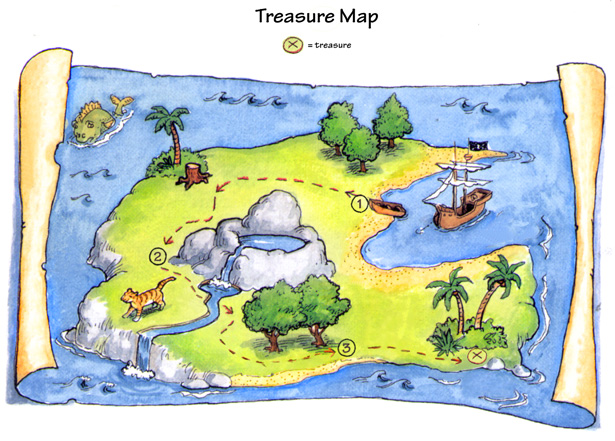| : Introduction |
The assessments included sixteen tasks which asked the students to view visual resources (some of which were accompanied by words or a soundtrack) and to demonstrate understanding of the messages conveyed, their purposes, the contexts in which they are appropriate, or the particular techniques used. Visual material is a prominent part of life in our world. It takes many forms, such as illustrations in books, photographs, comics and cartoons, posters, brochures, advertisements, films and television programmes. Students need to learn to make sense of this material, and to become discriminating users of it.
Six tasks were identical for both year 4 and year 8. A seventh task used the same task structure and questions for year 4 and year 8, but was slightly simplified for year 4 students by omitting one of the seven pictures. Two further tasks had some components that were the same for both year 4 and year 8 students, but had major components that applied only to year 8 students. Finally, two tasks were given only to year 4 students and five tasks were given only to year 8 students.
Six of the sixteen tasks have been selected as link tasks (to be used again in the year 2002) and therefore are not described in detail here. The other ten tasks are released tasks for which full details are given.
The tasks are presented in the following order:
